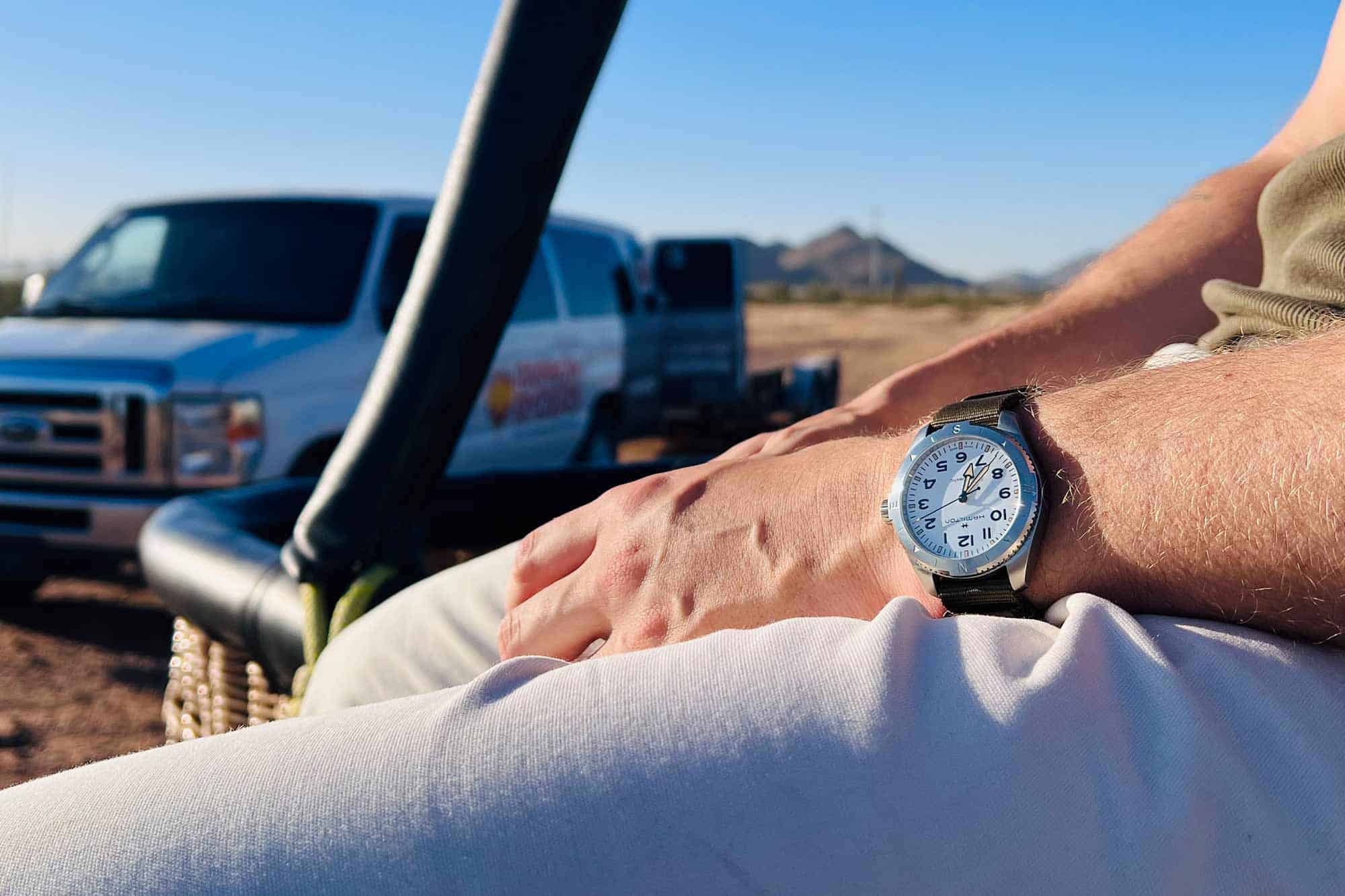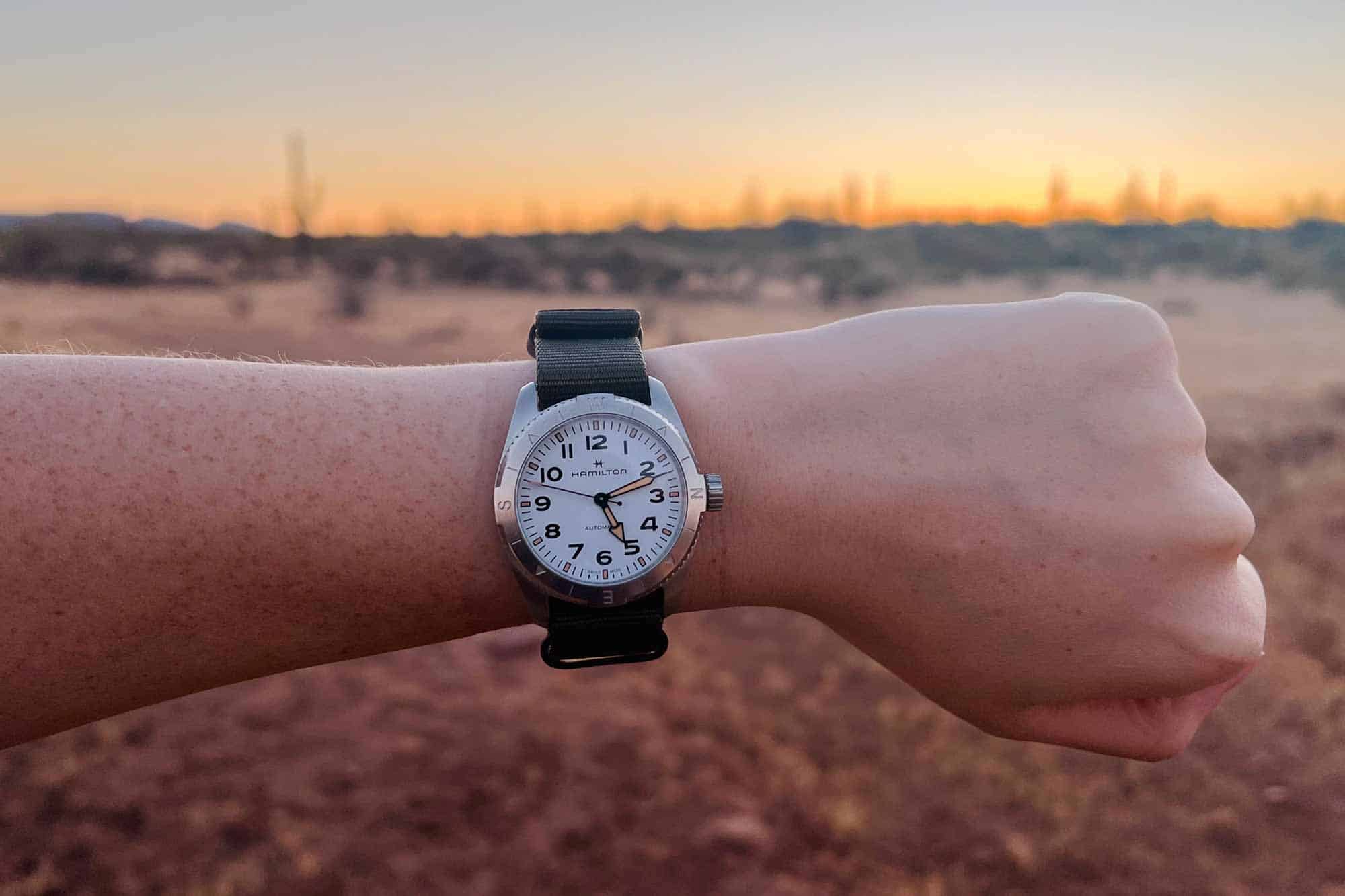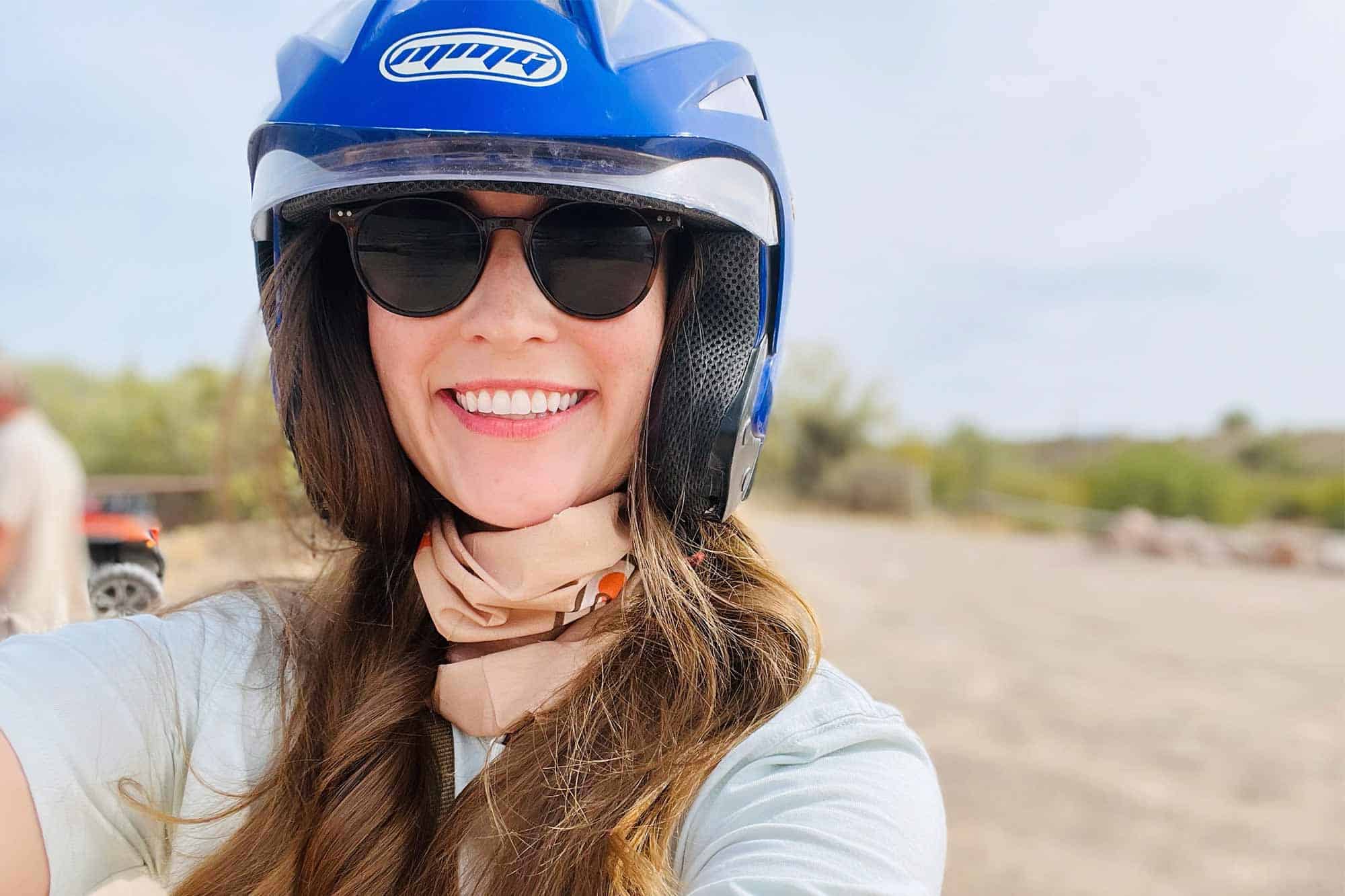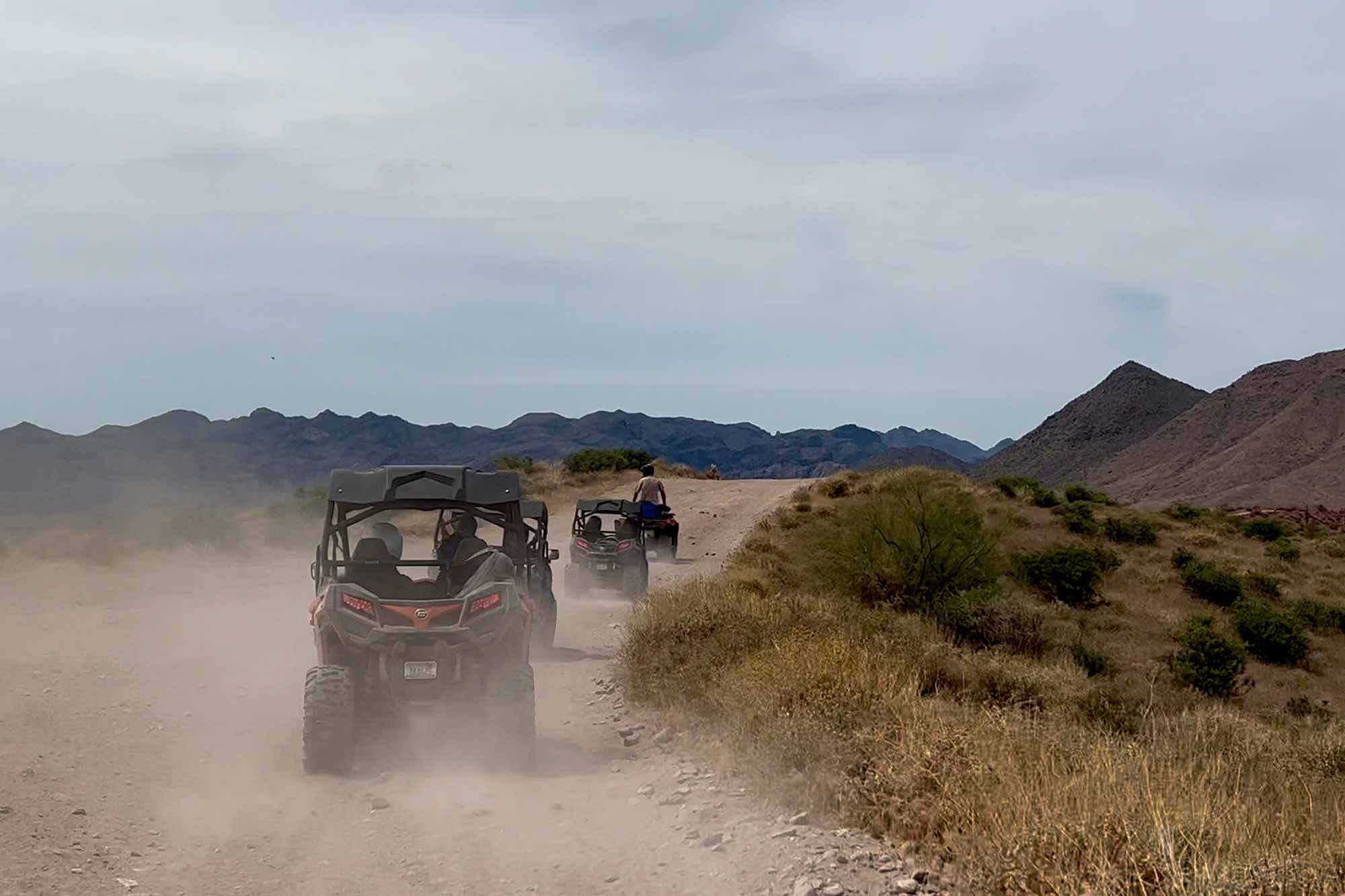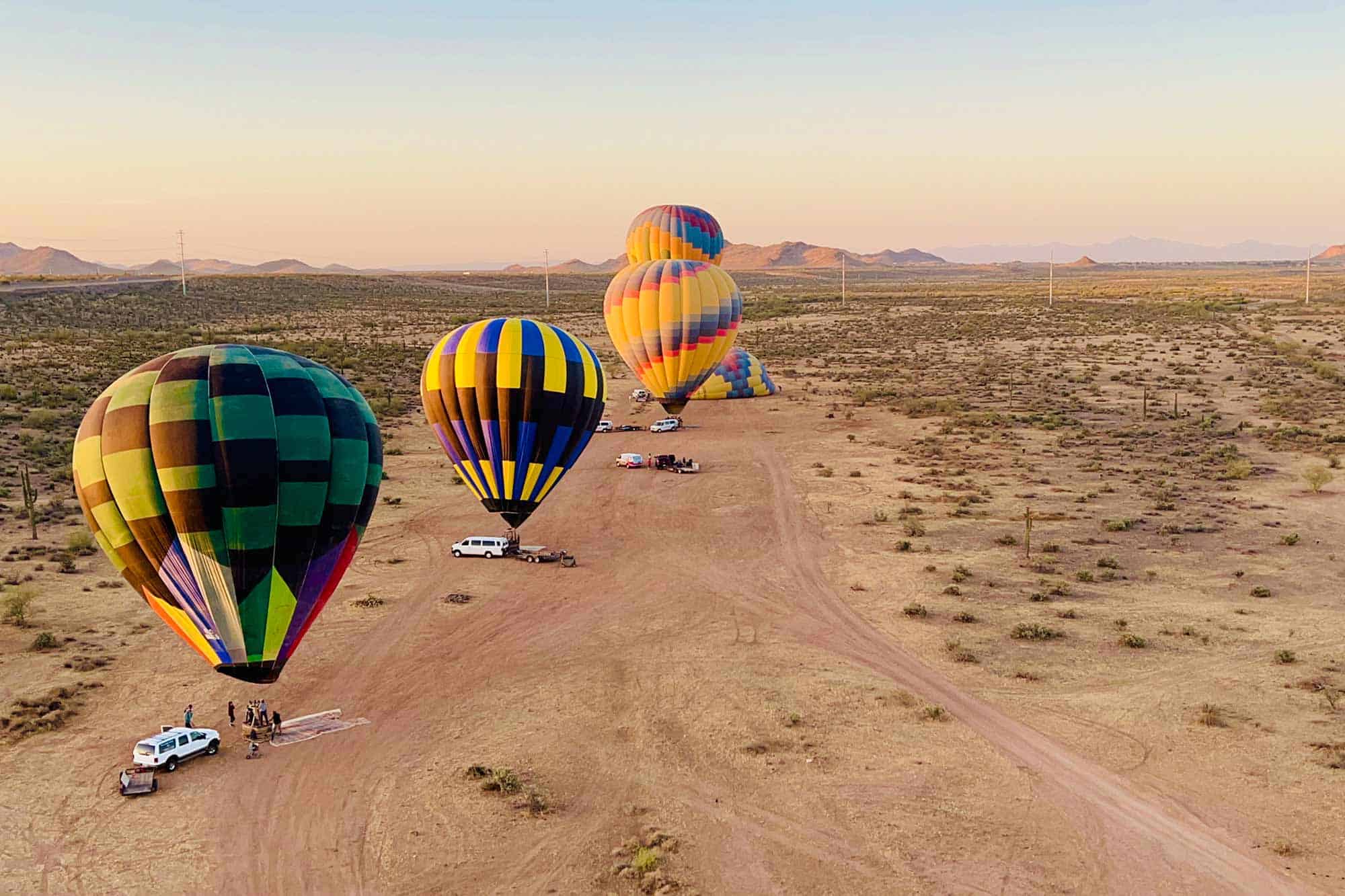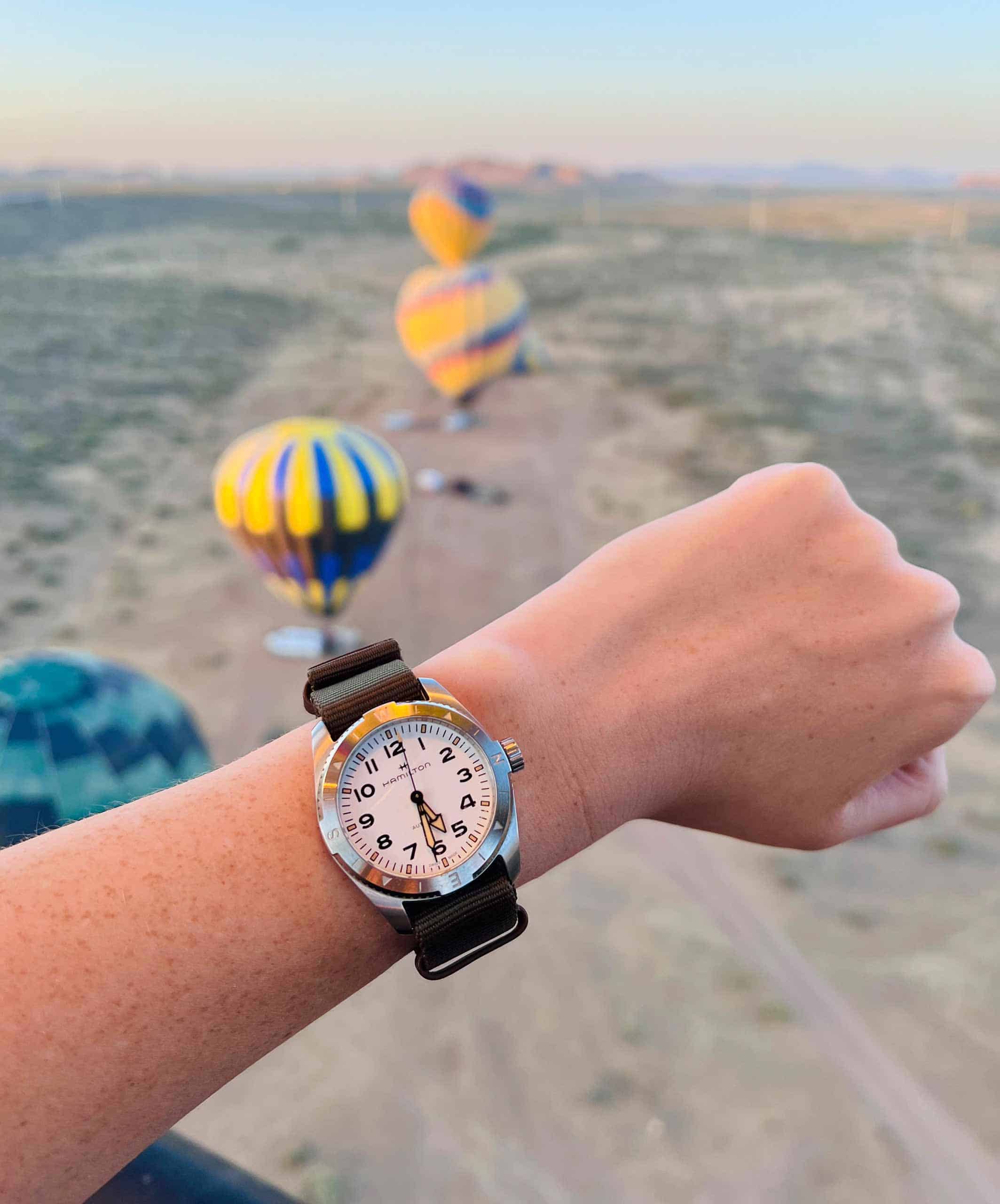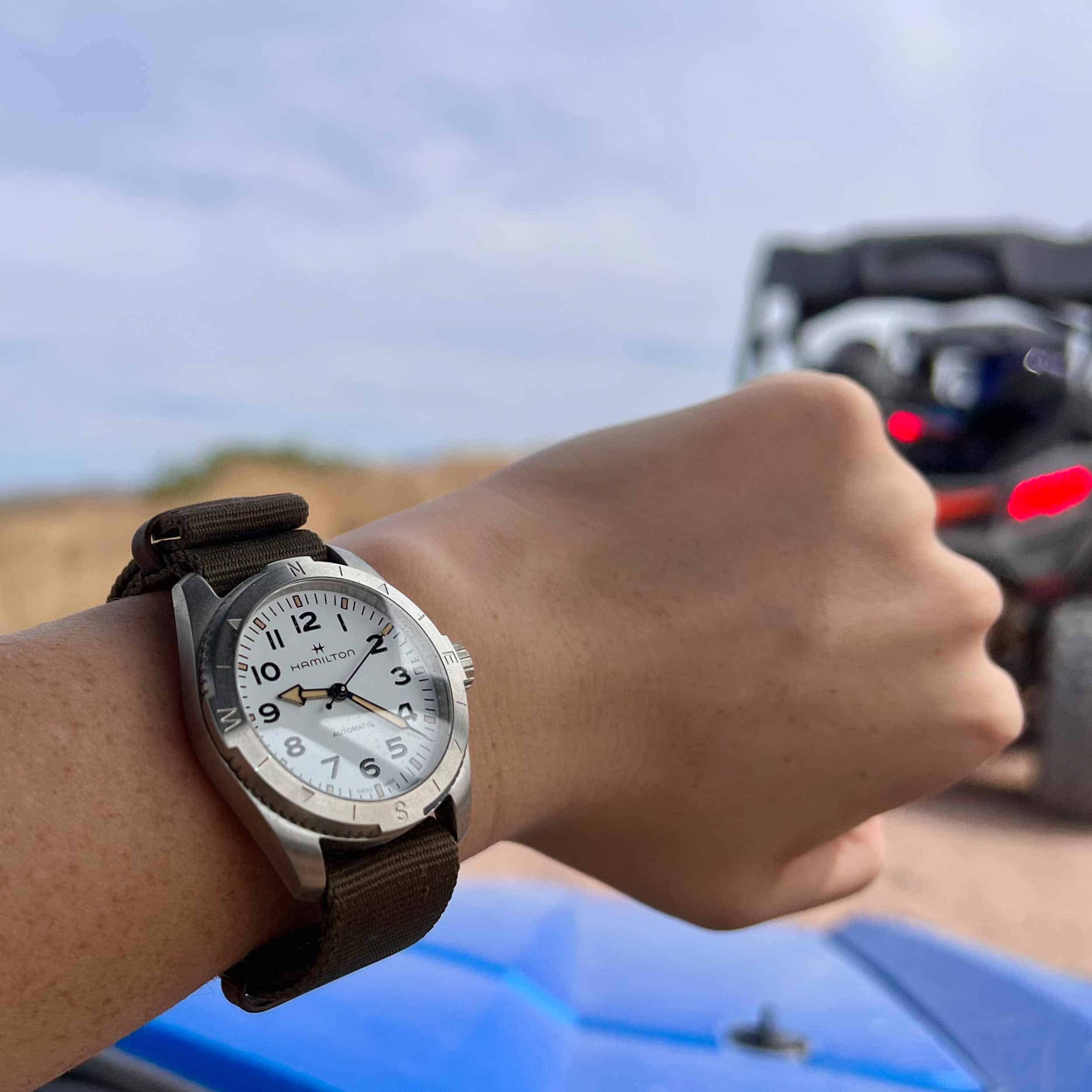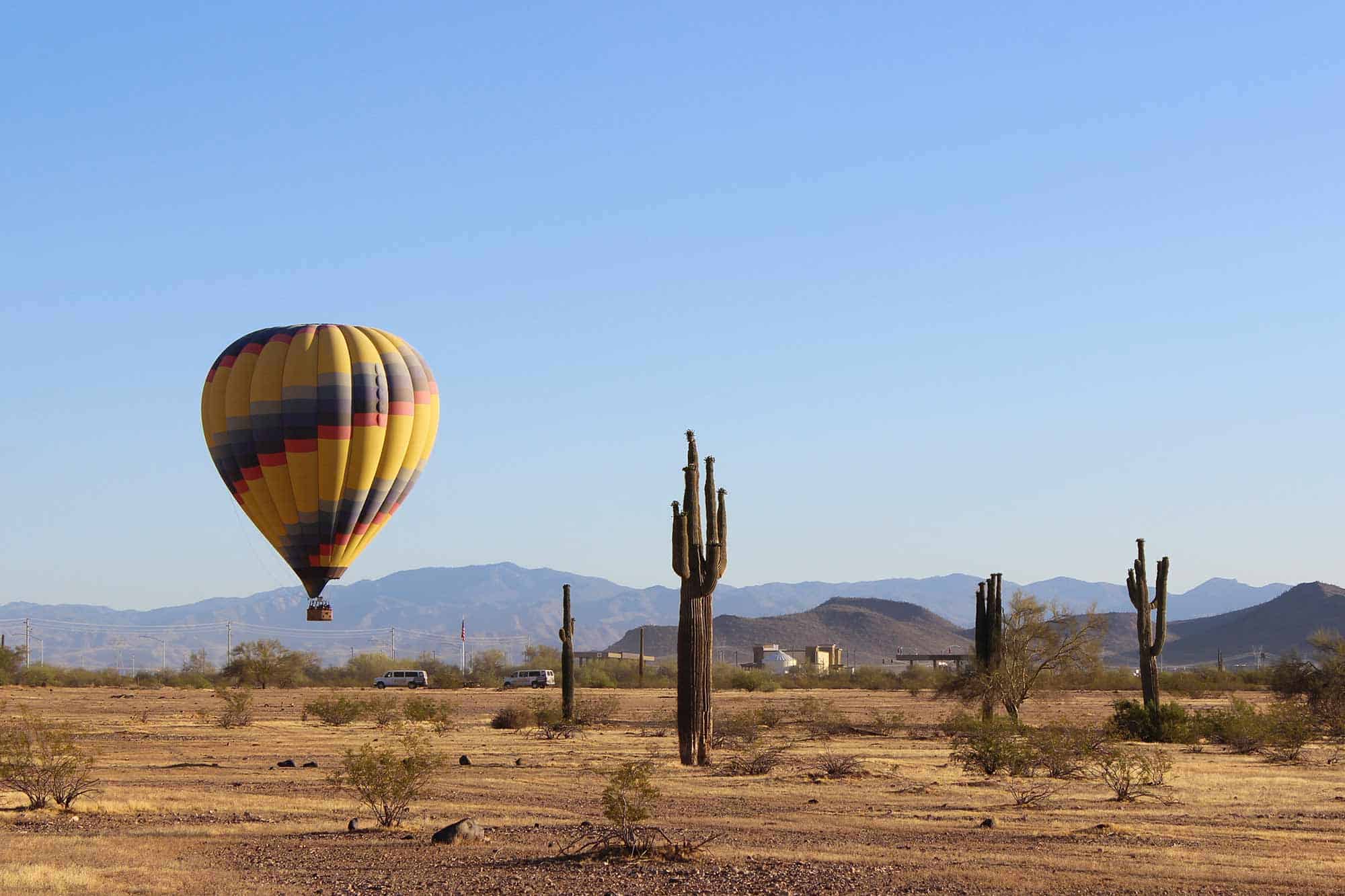The Hamilton Watch Company stands as a venerable name in horology, renowned not only for its timepieces, but also for its deep-rooted connection to military history. Established in 1892 in Lancaster, Pennsylvania, Hamilton quickly made its mark by producing pocket watches that were instrumental in both civilian and military spaces. During World War I, Hamilton became a primary supplier of timepieces to the U.S. Armed Forces, earning accolades for their reliability and design. This role continued into World War II, when Hamilton halted their production for civilian use in order to focus on supplying Allied forces with standard issue wrist watches – watches that became indispensable to soldiers and aviators alike. The company’s commitment to military excellence culminated in the creation of the iconic Hamilton Khaki Field line, a collection that pays homage to its heritage while meeting the demands of modern adventurers in its specifications.
Inspired by the rugged timepieces worn by military personnel, the Khaki Field collection blends classic military aesthetics with contemporary functionality. The Khaki Field Expedition launched last year, and their 41mm and 37mm options highlight the brand’s move into inclusive sizing options. These watches are characterized by their durable stainless steel cases, legible dials, and the notable bidirectional compass bezel which allows its users to find their bearings using the sun. Their accessible price point also lends them to being a friendly introduction to mechanical watches for beginners, while still remaining a collection staple for more seasoned enthusiasts. As a symbol of both heritage and innovation, the Hamilton Khaki Field line continues to capture the essence of exploration.
Some readers might know that Hamilton has a special place in my heart. I picked up the Murph 38mm last May and it quickly became my daily wearer and my companion on every adventure. Needless to say, I was incredibly excited when I got the invitation to attend a three day excursion testing out the new iterations of the Khaki Field Expedition and their corresponding NATO straps in the desert of Arizona. The trip was broken into three different tests: land, sea, and air. These tests helped provide a nice structure to the trip, with each segment feeling both like an opportunity and a trial where we could put the watch through its paces. Joining me were three members of Hamilton’s US-based team and a small group of fellow journalists – a fun combination of both watch and outdoor lifestyle writers and photographers.
Land
The first test was land and saw us pitting the watch against the thick dust of the Sonoran Desert. We paired off and crawled into two-seater Side x Sides, and raced over bumps and banks, kicking up clouds of sand in our wake. There were times the white dial of my watch was nearly unreadable through a layer of silt, and our guides emphasized keeping our helmet visors down and our neck gaiters up. I was grateful for the lightweight durability of a NATO instead of something more cumbersome. The experience was hot (temps hit 102 degrees Fahrenheit that day) and unbelievably gritty, and we were loving every minute of it.









 Featured Videos
Featured Videos




